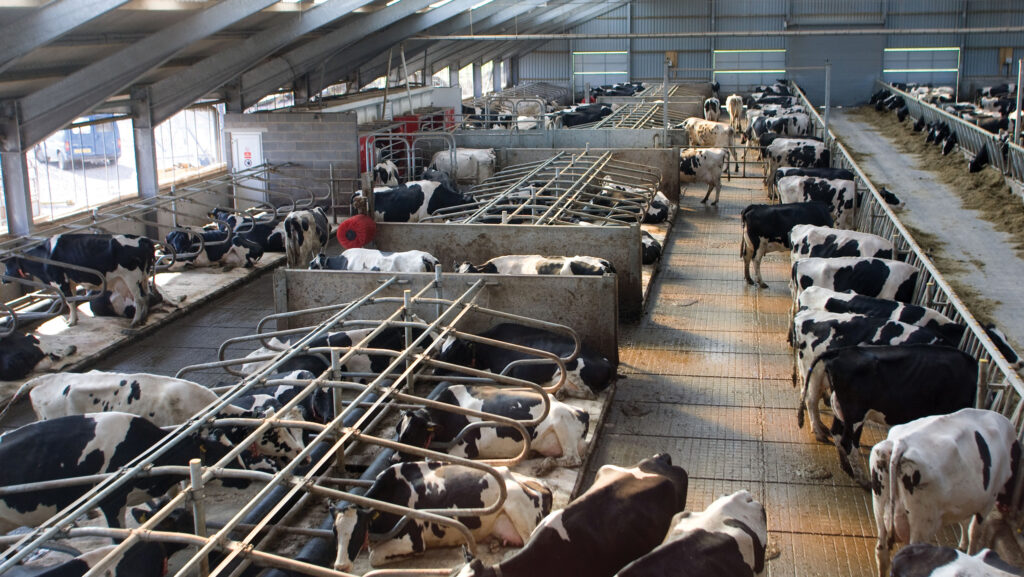Advice on drying off high-yielding cows
 © Tim Scrivener
© Tim Scrivener With cows now reaching lactation yields of 13,000 litres-plus as standard, it is common for them to still be giving 40 litres (or more) at drying off.
This risks discomfort because of a full mammary gland, which, in turn, reduces lying times.
It can also lead to milk leakage and the potential for new mastitis infections in the dry period.
However, it is possible to plan milk reduction.
See also: 5 ways to improve udder health with dry period management
The “gold standard” for drying off cows giving more than 30 litres a day (milked in a conventional parlour) is to change their social group, their housing and diet three to five days before their due dry-off date.
This is according to vet and head of technical at Advanced Ruminant Nutrition, Will Tulley.
Ideally, milk yield would drop to about 15 litres/day for drying off, but Will says this is not a realistic achievement from more than 30 litres in just five days.
But he says these changes can significantly reduce daily milk output with the least amount of stress, while still fully feeding the cow.
Switching a high-yielding cow onto a straw diet to cut milk yield risks metabolic issues, such as milk fever.
This is because she goes from a well-balanced supply of appropriate minerals to none, he points out.
Diet change
“Put cows in a different group and give them the far-off dry cow diet – don’t just feed straw, because it lacks minerals and leads to metabolic issues.
“Don’t reduce milking intervals, so if they are milked three times a day, stick to this.
“Then dry them off abruptly, don’t drop to once a day. It’s the best thing for the udder,” Will explains.
He adds that herds feeding concentrates in the parlour can cut the rate, or cut them out of the diet.
Will accepts that introducing another specific management group will be driven by farm facilities, and whether a small group of six to 12 cows can be set up and treated appropriately.
“Some people can dry off cows giving 40 litres/day; they offer excellent cow comfort, low levels of new infection, plenty of space and very high standards of stockmanship.
“But, as herds get bigger, together with staffing issues, small groups of cows are not practical,” he says.
Biologically, the mammary gland involution process takes about two weeks, there is another two weeks of rest and self-cure of any infection, then two weeks for regeneration.
This is why the dry period needs to be a minimum of six weeks. Anything less impacts the next lactation, says Will.
Attention to detail
Cows must also be in their ideal body condition, with no weight gain or loss, before drying off – this should have been assessed and corrected mid-lactation, he stresses.
The drying-off process itself must be meticulous and with “excellent attention to detail” and “thorough tubing protocols”.
He also advises against trimming their feet – or any other jobs – on the same day.
“House cows in good, comfortable accommodation that meets their space allowances; minimise stress and infection pressure. It is a challenge,” he says.
After drying off, cows need monitoring closely for the first two weeks, as this is the biggest risk period for health.
“Pick up signs of infection, watch rumen fill, whether they are dehydrated, there is uneven swelling in the udder, or no involution,” says Will.
He adds that wearable sensors (such as collars) can provide a good indication of cow health status, from feeding times and cudding, to changes in behaviour.
